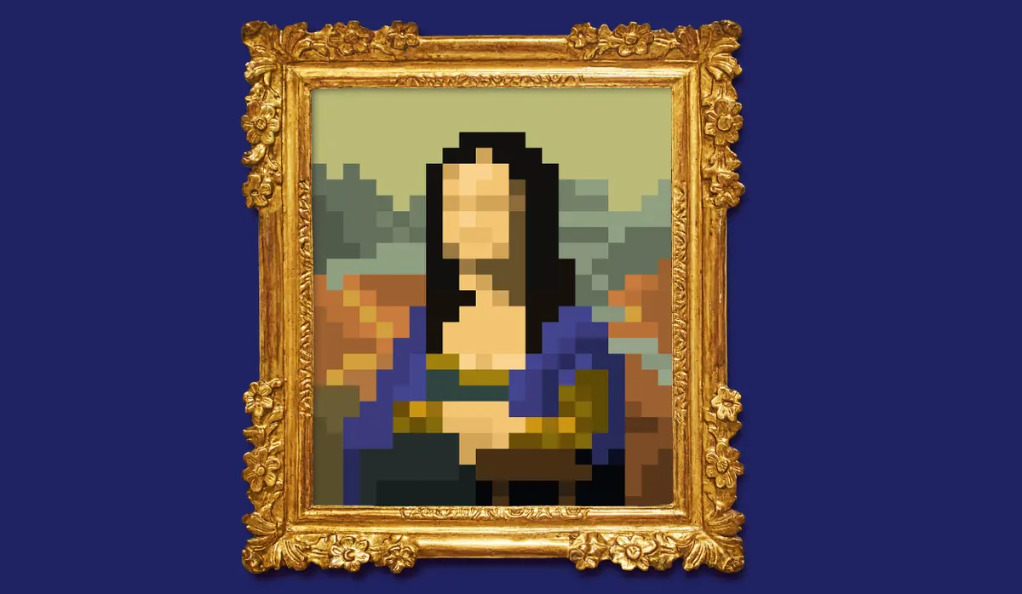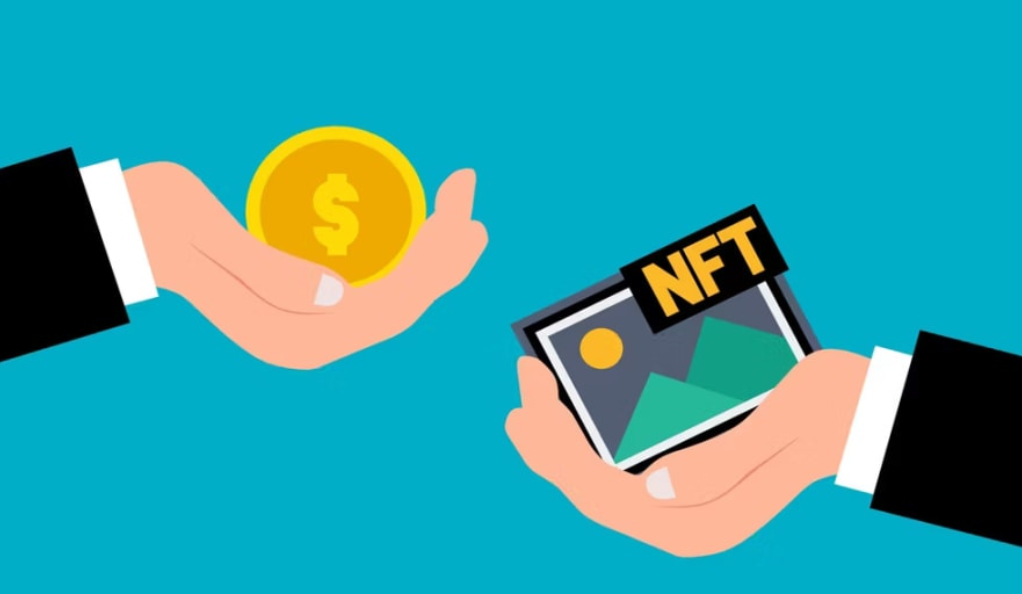The art world has always been a fluid and ever-changing space, but who could have predicted its latest evolution? The digital age, which once threatened the tangible beauty of the traditional art canvas, is now at the forefront of redefining art altogether. Enter the realm of NFT digital art, where boundaries blur and the idea of ownership attains a new dimension. But what’s the big deal about these digital assets, and why are they capturing the imagination of artists and investors alike?
Digital Meets Tradition: What Are NFTs?

NFTs Explained
NFT stands for “non-fungible token.” In layman’s terms? Imagine owning a unique collector’s item in the digital world—a one-of-a-kind digital asset that no one else can claim. This is the magic of NFTs. Unlike your typical digital files that can be copied endlessly, NFTs are unique and can’t be exchanged on a one-for-one basis, hence “non-fungible.”
Why the Buzz?
The art community was quick to latch onto the potential of NFTs. By tokenizing art, creators can provide proof of authenticity and ownership without the need for intermediaries. Think of it as a signature on a painting, but encrypted and stored on a digital ledger. Intriguing, right?
The Fusion of Art and Technology
Expressing in Pixels– Digital art isn’t new. Artists have been creating masterpieces on digital platforms for years. What’s changed is the way we perceive value in the digital realm. Earlier, a digital art piece was hard to sell because it could be easily copied. But NFTs change the game. When an art piece is tokenized, it gets stamped with a unique code, ensuring its authenticity and rarity.
How NFTs Revolutionized the Art World – The introduction of NFTs ensures that artists get compensated for their work. Through smart contracts, artists can earn royalties every time their work is resold. Remember the days when Van Gogh struggled in poverty? NFTs promise a future where artists won’t face the same fate.
How to Invest in NFT Digital Art

- Dipping Your Toes
First, familiarize yourself with blockchain and cryptocurrency since NFTs are traded on these platforms. Ethereum is the most common blockchain for NFTs. Create a digital wallet to store your assets.
- Research and Explore
Visit NFT marketplaces like OpenSea, Rarible, or Foundation. Browse and understand the kind of art that appeals to you. Research artists and their credibility before making a purchase.
- Proceed with Caution
Remember, the NFT market is still in its infancy and can be volatile. Don’t invest money you’re not willing to lose. And always, always do your homework.
The Criticisms and Ethical Debates
Every revolution comes with its sceptics, and the NFT space is no exception. Concerns range from the environmental impact of blockchain to the authenticity and longevity of NFT art. Is this just a bubble, or is it a genuine art movement? Time will tell.
Drawing Parallels: NFTs and Traditional Art
Do NFTs hold the same emotional resonance as a hand-painted canvas? Some argue they do. Just as we once moved from cave paintings to canvases, we’re now navigating from tangible to digital. Both mediums, though vastly different, capture the essence of human creativity.
Conclusion
The digital renaissance, as showcased by the meteoric rise of NFT digital art, challenges our traditional perceptions of art and value. This isn’t just about pixels on a screen or a newfound digital fad; it’s a comprehensive shift in the way we understand art, ownership, and even authenticity. With NFTs, the abstract realm of the digital marries the tangible value system we’ve always known, breaking barriers and creating an entirely new canvas for human creativity. The essence is not merely in the artwork itself but in the revolutionary thought behind its existence.
Yet, as with all revolutions, this digital transformation invites both excitement and scepticism. While NFTs promise artists rightful recognition and compensation, they also tread on unfamiliar grounds, raising questions about sustainability, environmental implications, and the true essence of art. But isn’t that what art has always done? It challenges, provokes, and pushes boundaries. As we stand on the precipice of this new era, there’s an invitation not just to witness but to engage, ponder, and even redefine our relationship with art. Whether you embrace this movement or critique it, one can’t deny its impact. The next chapter of art history is unfolding; it beckons us to join the narrative.
FAQs
NFT digital art refers to unique digital artworks that are tokenized on the blockchain, ensuring their authenticity and rarity. An NFT, or non-fungible token, represents a one-of-a-kind digital asset, making it distinct from easily replicated digital files. By owning an NFT artwork, collectors have proof of authenticity and ownership.
NFTs revolutionize the art market by offering a secure digital platform for artists to sell their works directly to collectors. With the blockchain’s transparent nature, artists can receive royalties each time their artwork is resold, ensuring continued compensation. This digital approach challenges traditional art-selling methods and provides artists with more autonomy and financial opportunity.
One of the common criticisms of NFTs is their environmental impact, as the blockchain technology they rely on, particularly Ethereum, has been known to consume significant amounts of energy. However, many in the NFT community are actively seeking more eco-friendly solutions, and as blockchain technology evolves, there are efforts being made to reduce its carbon footprint. Potential buyers and artists are encouraged to research and choose platforms that prioritize sustainability.
